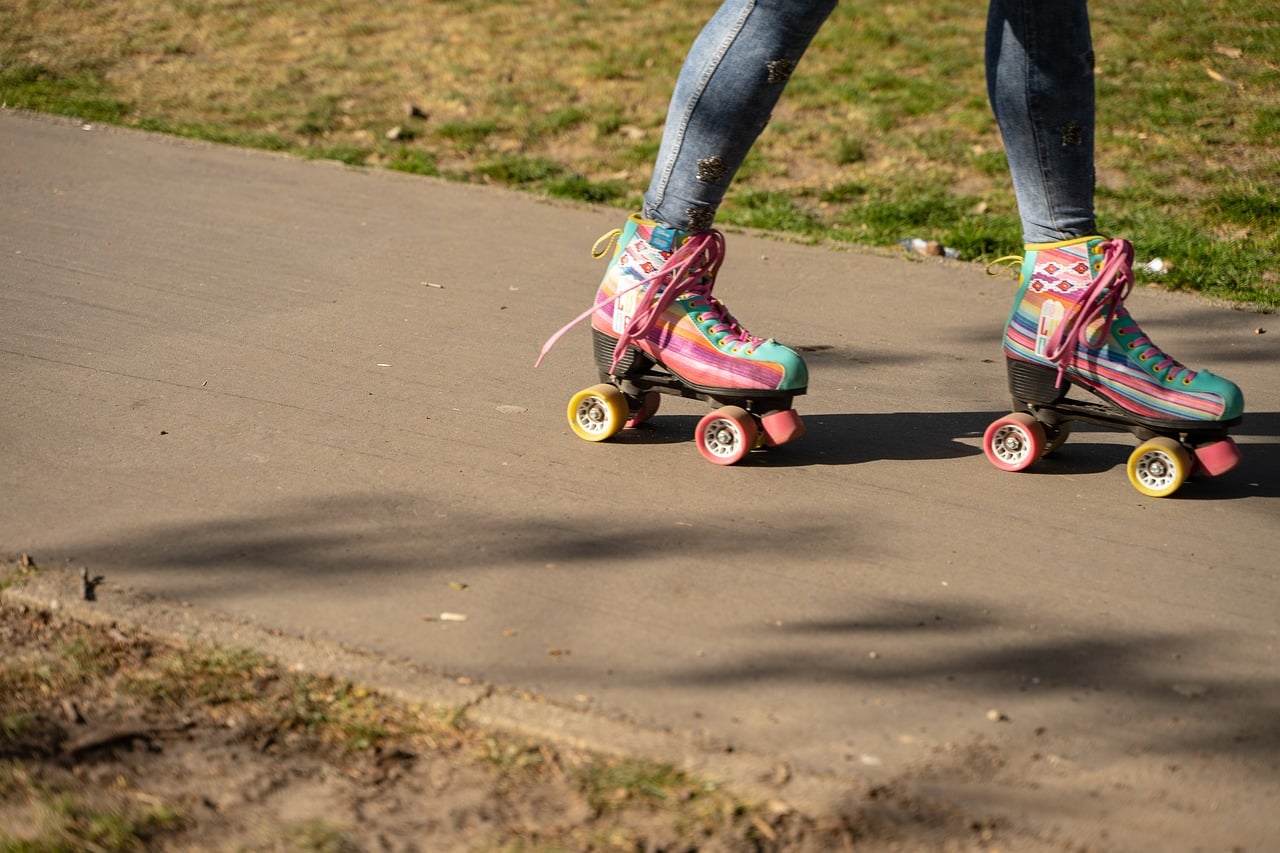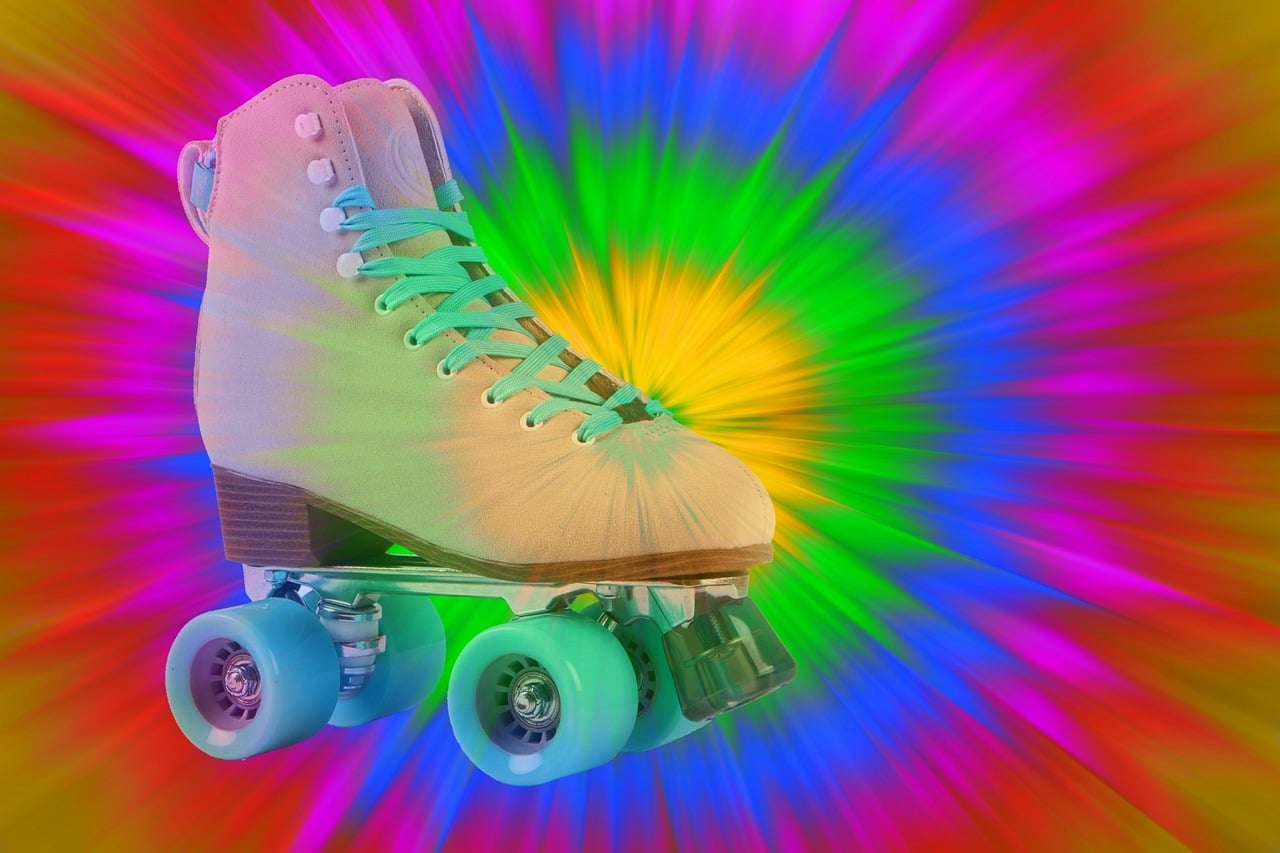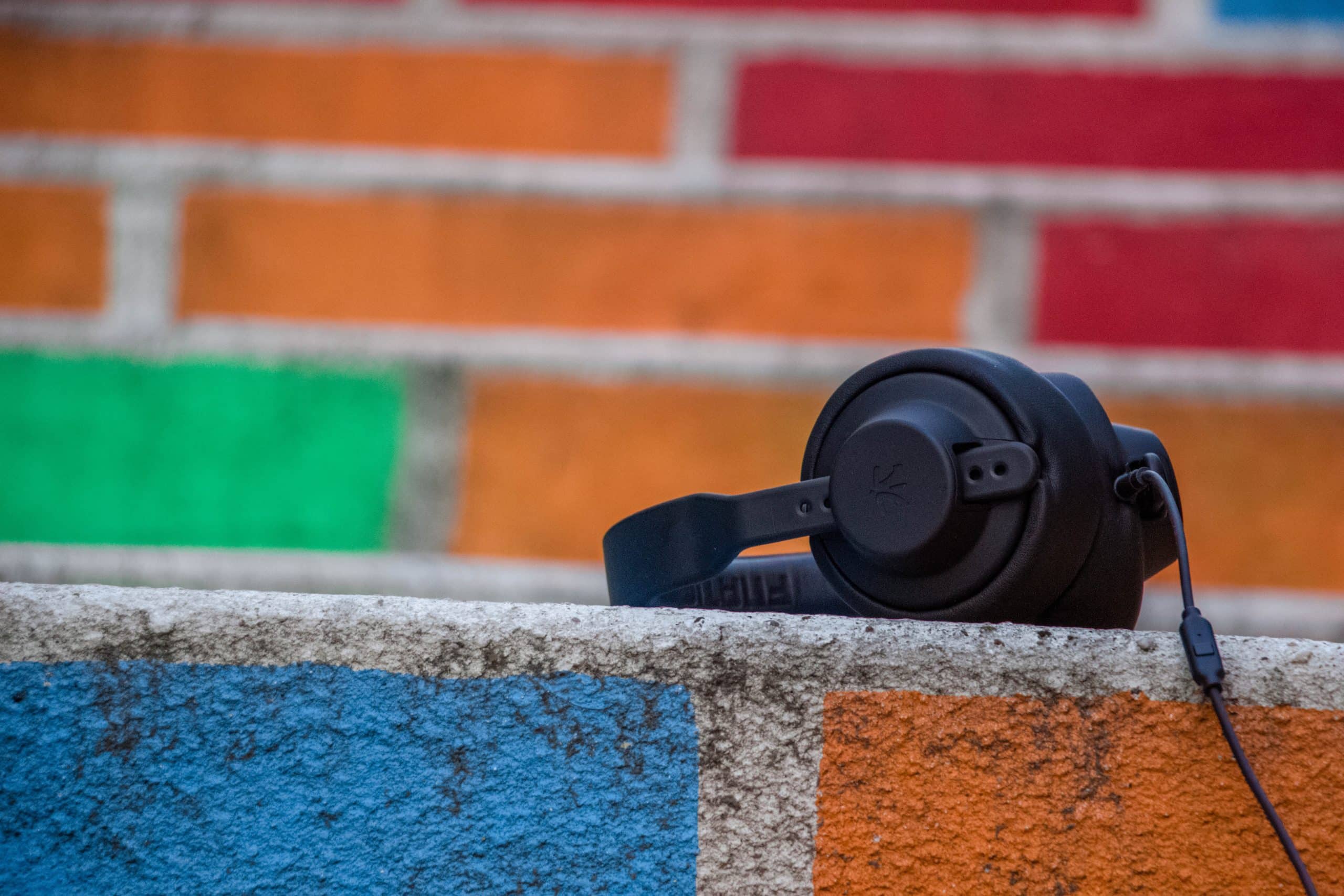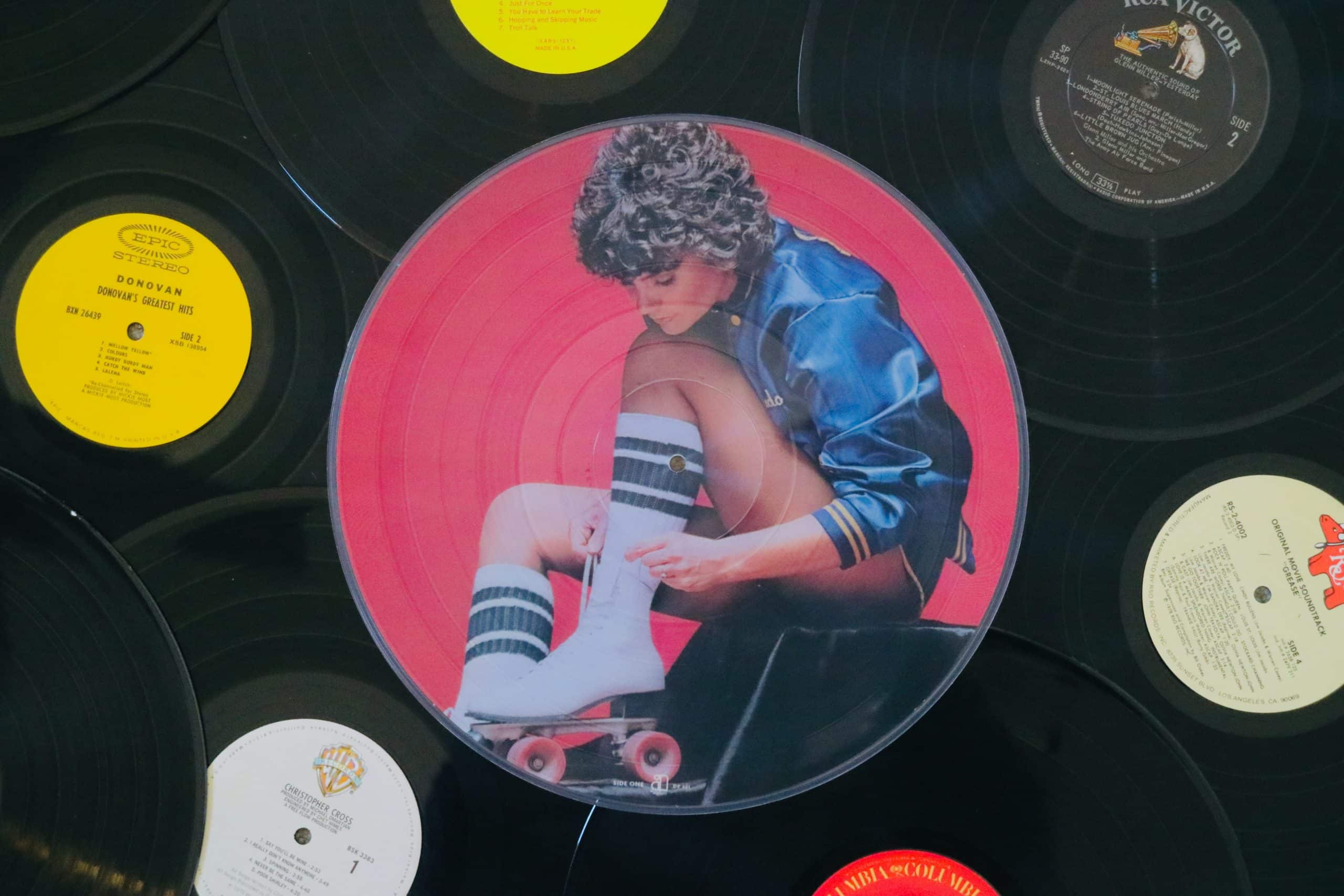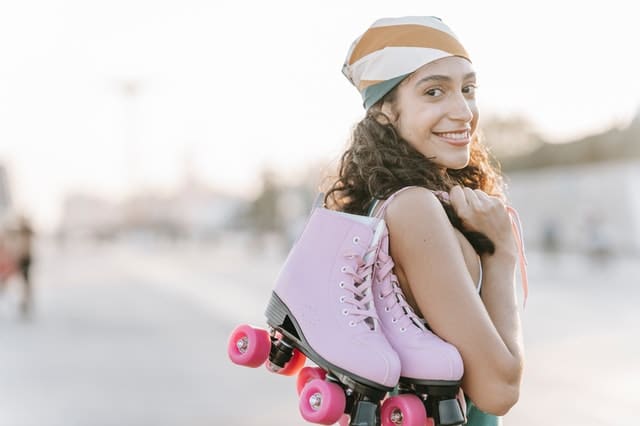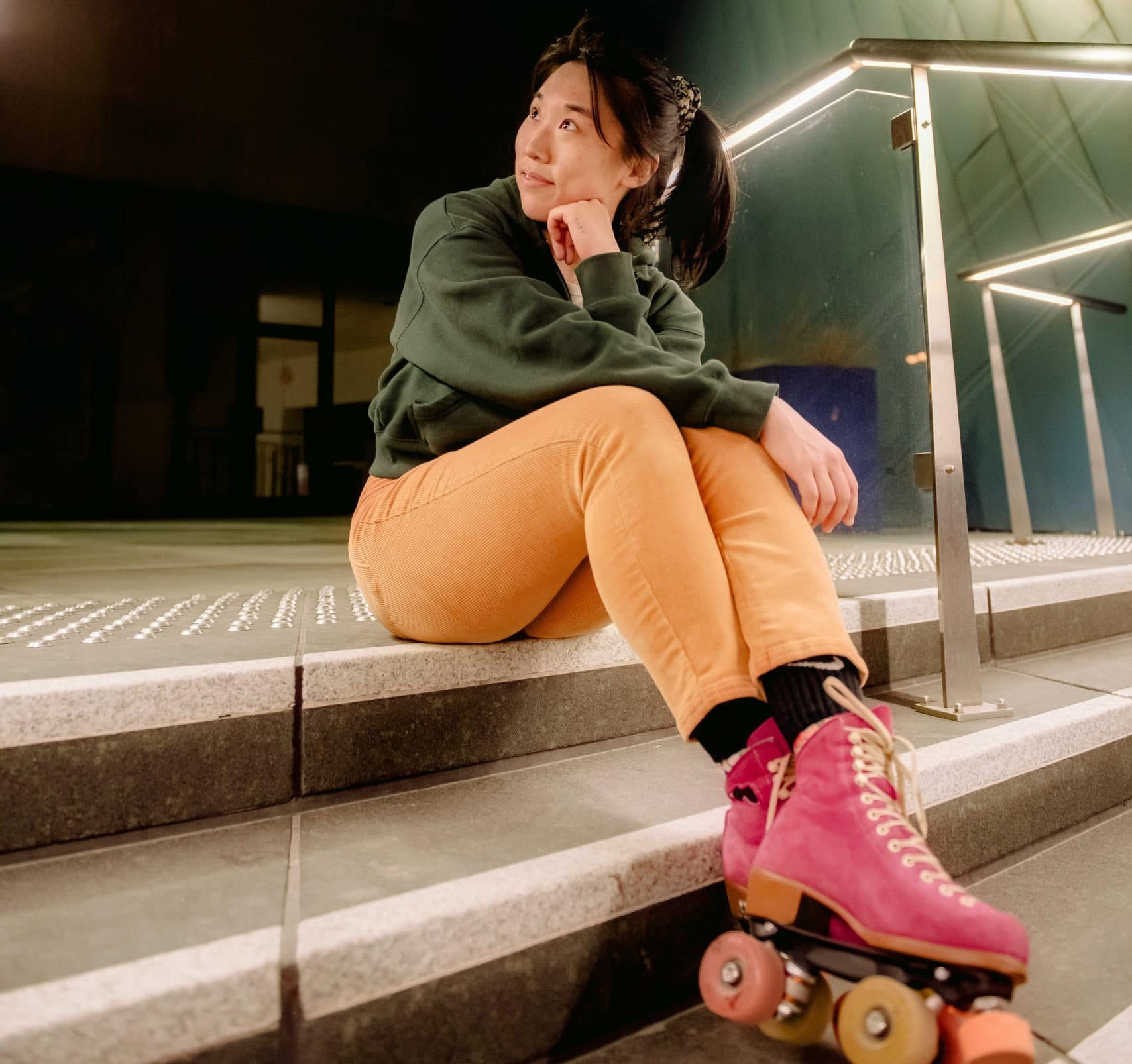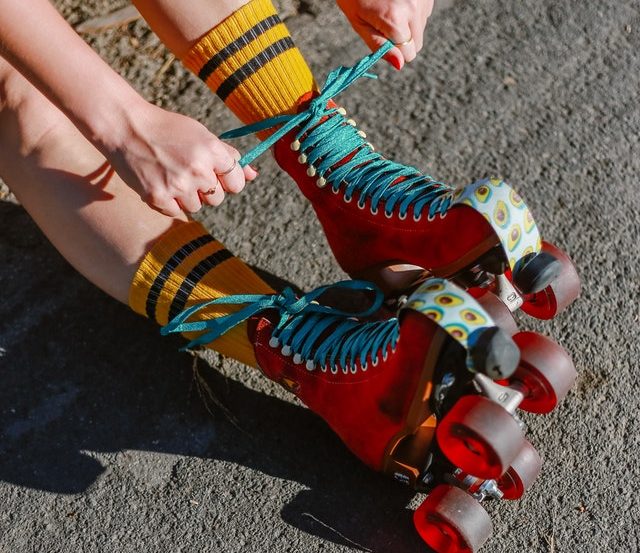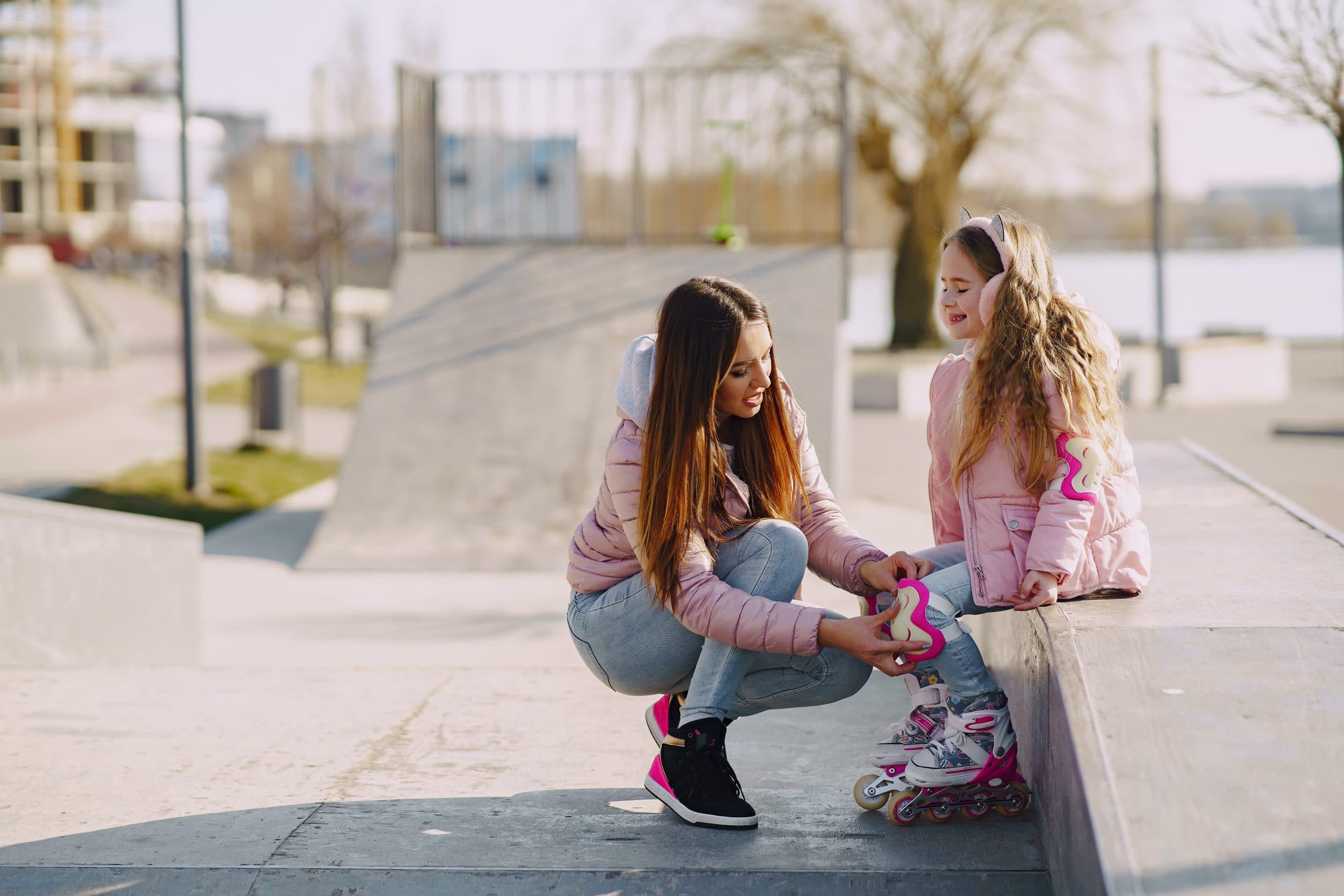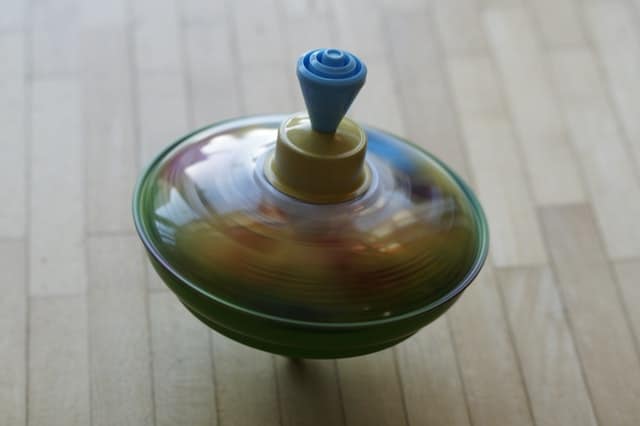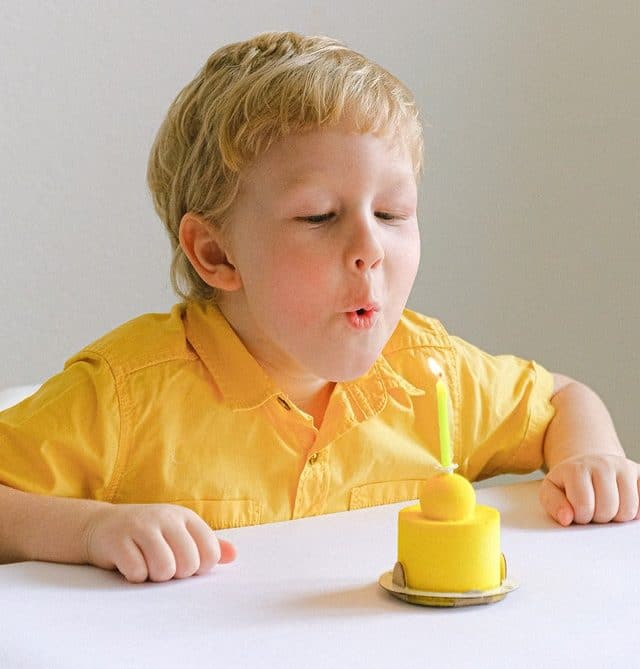Roller skating, a timeless recreational activity that has graced generations with its rhythmic motion and sense of freedom, has taken a futuristic leap into the realm of technology. In recent years, the marriage of roller skating and cutting-edge tech has given rise to innovations that enhance the experience and bring the joy of gliding on wheels to new heights.
One notable development is the advent of smart skates. These high-tech wonders combine the classic thrill of roller skating with the sophistication of modern technology. Equipped with sensors and connectivity features, smart skates offer users real-time feedback on their performance, including speed, distance traveled, and even the number of calories burned during a skating session. This integration of technology not only adds a new layer of excitement to the sport but also provides skaters with valuable insights into their fitness journey.
Beyond the physical realm, technology has also opened up virtual avenues for roller skating enthusiasts. Virtual reality (VR) has introduced a novel way to experience the exhilaration of roller skating without leaving the comfort of your home. Virtual roller skating experiences allow users to strap on their VR headsets, transport themselves to virtual rinks, and glide through fantastical landscapes, all while enjoying the sensation of rolling on wheels. This immersive blend of technology and nostalgia offers a unique and captivating way for individuals to connect with roller skating in the digital age.
As technology continues to evolve, it’s clear that roller skating is not just a sport frozen in time but a dynamic activity that embraces innovation. Whether you’re lacing up your traditional quad skates or strapping on a pair of smart skates, the fusion of roller skating and technology is shaping the future of this beloved pastime, inviting both seasoned skaters and newcomers to experience the thrill in once unimaginable ways. So, roll with the times and embrace the exciting synergy of roller skating and technology at Skate Moore!
Be sure to check out our hours of operation and rates to plan the next time you hit the rink!
